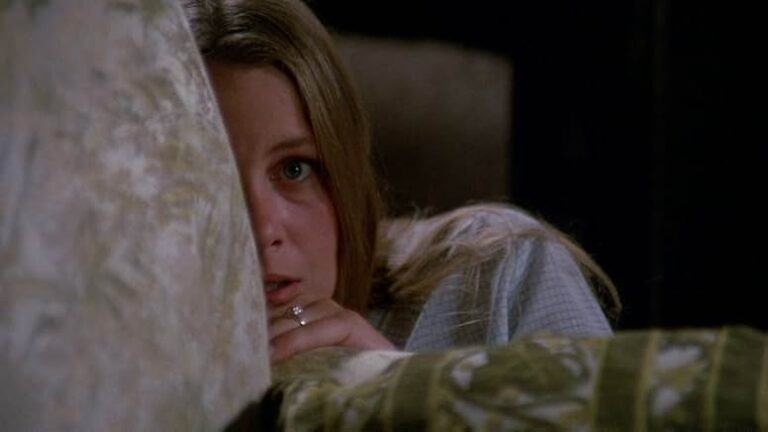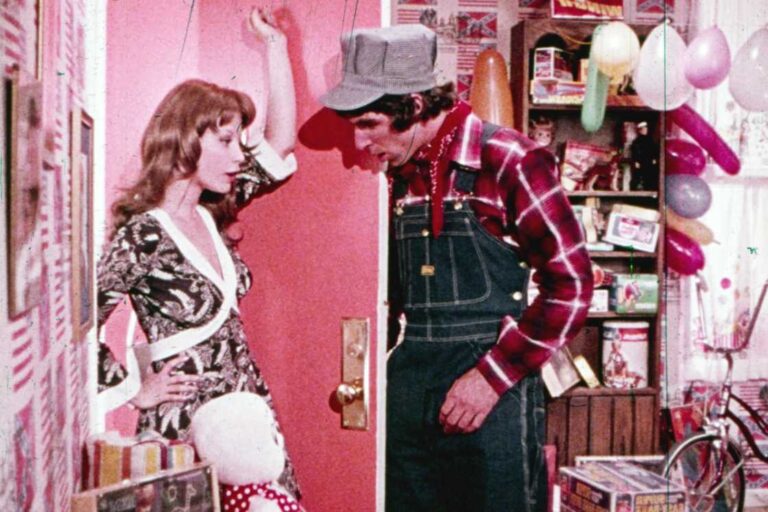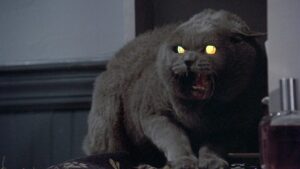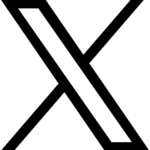![]()
Last Embrace (1979) Directed by Jonathan Demme
An essential watershed in Jonathan Demme’s filmmaking. Some will argue that this turning point (stylistic evolution) happened with his deadpan comedy Citizens Band in 1977, but I feel that this classically crafted 1979 thriller provides a sturdier argument for identifying that thriving shift that would humbly (and discreetly) herald one of the most influential American talents in the history of modern cinema. Last Embrace is no classic, let’s get that straight once and for all, nor is it at the magisterial level of his future career-defining films, yet it is a worthy and engrossing prelude to his genius, and on its own, a cryptic and sleekly orchestrated neo-noir that happens to boast a tremendous cast doing everything exactly right.
At first glance Last Embrace epitomizes the pretentiousness of a mystery yarn that invariably fails to be satisfying because it employs so many of the old gimmicks of the worn-out classic thriller formula. Personally, the very novelistic script written by David Shaber is the unequivocal reason why I think this movie is not entirely functional, everything else is good stuff. The superlative central drama between the main characters and Demme’s kinetics never quite mesh with the clunky literary pacing of the script, which is the biggest issue here. However, these intractable shortcomings only participate on an extremely superficial level; that is, they never impinge on the cinematic prowess on display. So there’s plenty to enjoy in this paranoid conspiracy thriller starring Roy Scheider as Harry, a U.S. government agent who suffers a nervous breakdown after losing his wife in an unexpected shooting while on assignment in a Mexican cantina. Six months after being committed to a sanitarium, Harry returns to his old routine only to realize that his life as he left it no longer exists, everything has been turned upside down. As soon as he arrives at his old apartment in NYC, he bumps into Ellie (Janet Margolin), a svelte and inquisitive PhD student who is also shocked to see a stranger in her newly rented apartment. At this point, the twisty plot takes off into the indecipherable as it is implied that the entire film will be about an out-of-control paranoid Harry trying to figure out what the heck is going on. As a narrative vehicle, we have a note written in Hebrew that Harry receives anonymously that serves as a death threat. Harry embarks on an intricate quest to answer: Who wants to kill him and why?
What makes this cliche procedure so striking is analogously the irresistible formal procedure with which Jonathan Demme pulls it off. One can savor a certain exploitation economy in these proceedings – after all Demme at the time was an exploitation filmmaker, let’s not forget that – and what is most gratifying about this is to witness how the film itself is an exercise in stylistic transition for its director. The operatic scope of its framing – the evocatively erotic close-ups and the playful sexual tension of each two-shot of Scheider and Margolin interacting – suggests more the art of the classical than the very essence of the trendy exploitation of the 1970s. The visual architecture manifests many of Demme’s motivations behind this thriller. He seeks in it for the first time a means to experiment with the aesthetically profound, allowing his artful methodology to convey tension and sensuality, fear and intimacy. Ideals that would ultimately flesh out his future style. It is Demme maturing as a cineaste and aiming for something bigger. The effect these personal drives have on the film is highly beneficial. Although the murder mystery unravels more on the voluble nature of the crime sleuthing, Demme handles the reiterative dialogue with an attention-grabbing kineticism that renders even the static, appealingly cinematic. Most of the most startling sequences featuring powerful dramatic effect are seen from the breathtaking smoothness and dynamism of lateral tracking shots and deft camera pans.
But it’s when you realize that Last Embrace is a grand spectacle of crafty Hitchcockian logistics that you begin to appreciate its sometimes squishy storytelling patterns more. Because you realize that watching Roy Scheider’s wildly effective paranoid performance alongside Janet Margolin’s mischievous curiosity equals rock-solid entertainment regardless of whether or not what’s going on around them works. Admittedly the labyrinthine events recall the Hitchcockian methodology that was well exploited by the young rebels of the new Hollywood, however I would dare to say that Demme is more influenced by De Palma than by Hitchcock; for in narrative purposes Last Embrace incorporates more of De Palma’s cinematic fetishes than Hitchcock’s, such as the depiction of curiosity as a human perversity. The compulsive and lethally obsessive emotions of Roy Scheider’s Harry are reminiscent of Brian De Palma’s thrillers, as they represent man’s insatiable desire to know more than he should, and to be captivated by the occult; the perverse curiosity to delve into the unknown. That is what Last Embrace is all about.
Many negative things can be stated about this film. Certainly, it is not the finest expression of good cinema – since it does not constitute a satisfying whole – but it is nonetheless the best example of cinema trying new things. Which gives it an aura of freshness and excitement that in my eyes remains untarnished. The languid beginning, the meandering plot development, the dubious ethics of the Semitic-themed mystery, and the simplistic plot twists may not be as cohesive as I wish they had been, but the film has the audacity to cap all this serpentine puzzle storytelling with a remarkable apotheosis that takes place at the lovely Niagara Falls, where the climax emphasizes that the tragedy was never about retribution as much as it was about being in love. It is quite mystical.









